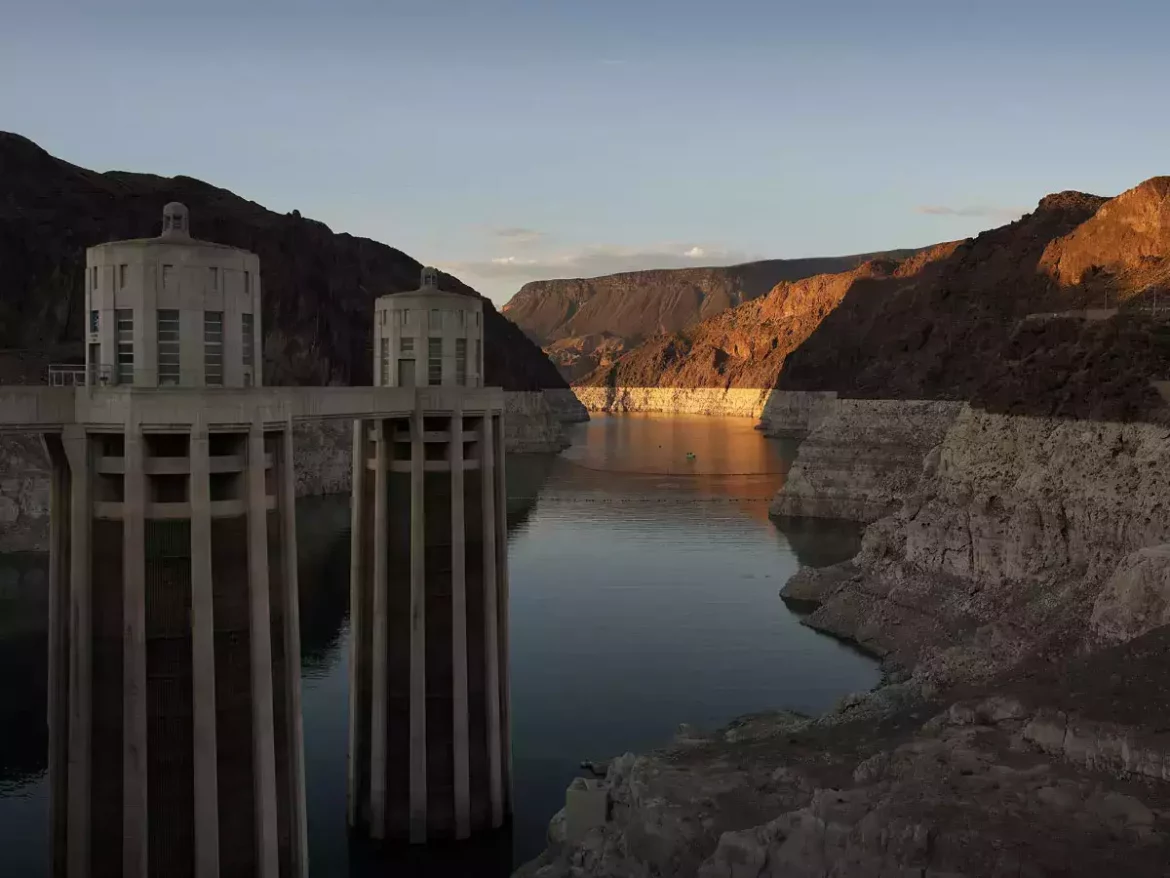A United Nations study released on Wednesday has shown that sedimentation build-ups, eroding global water and energy security could cause about 50,000 large dams worldwide to lose more than a quarter of their storage capacity by 2050.
The United Nations University warned that action must be taken to address the problem and protect vital storage infrastructure as dam capacity is expected to drop from 6 trillion cubic metres (cu m) to 4.655 trillion cu m by 2050.
The U.N. study said 16% of the original capacity of more than 47,000 dams in 150 countries had already been lost, adding the US could lose 34% by 2050, while Brazil, India and China could lose 23%, 26%, and 20% respectively.
Read also: UAE names COP28 climate conference president
Critics have long warned that the long-term social and environmental costs of giant dams far outweigh their benefits.
Vladimir Smakhtin, director of the UN University’s Institute for Water, Environment and Health and one of the study’s authors, said dam building worldwide had already declined significantly, with around 50 a year now being built, compared to 1,000 in the middle of the last century.
“I would argue that the question we should now be asking is what are the alternatives to dams – including in generating power – considering that they are being phased out,” he said.
Story was adapted from Reuters.
